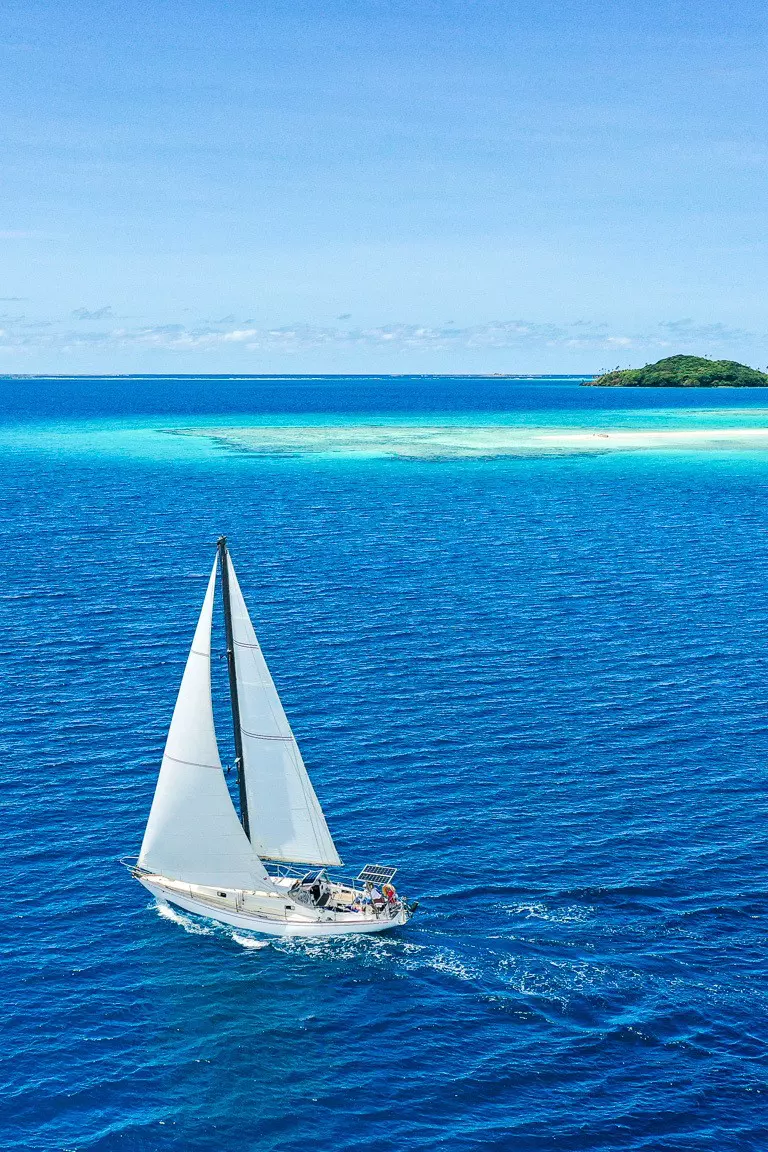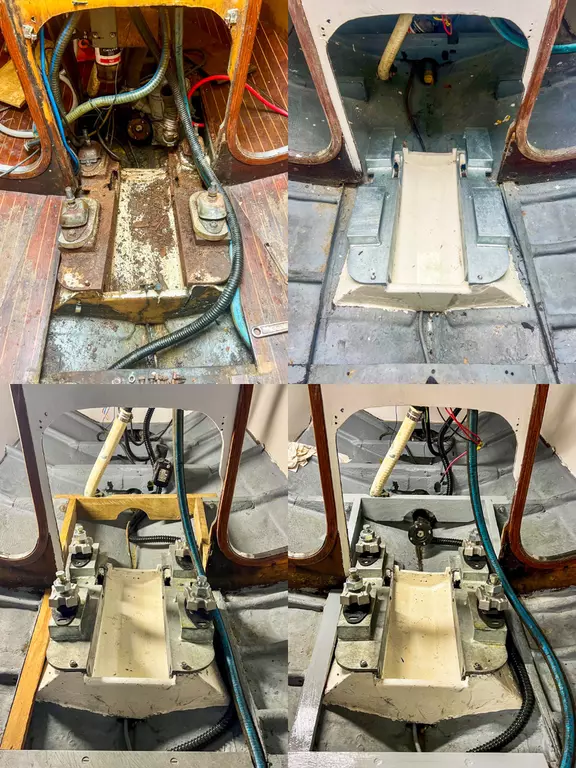
Raymarine Ambassador Max Campbell talks us through an extensive refit of his Swan 37 in New Zealand, as he prepares for the second stage of his circumnavigation.
Thursday - 24 July 2025
Max Campbell's trusted Elixir has been tested to the limits on her journey from the UK to New Zealand. As Max gets ready to embark on the second half of his global circumnavigation, he talks us through the extensive planned refit...
It was over a year ago when Elixir, my 1970 S&S Swan 37, and I arrived in New Zealand, completing the first half of her circumnavigation from the UK. For roughly 16,000 miles, across oceans and continents, my entire navigational world existed on a single screen: an iPhone running the Navionics app. It was a testament to modern technology, but as I limped into Tauranga Harbour with a broken mast and an engine threatening to bounce off its mounts, I knew that for the next leg of the journey, I would need something more.
The reality of a long-distance voyage is that it takes a toll, not just on the skipper but on every component of the vessel. As I watched Elixir lift out of the water for the first time in years, trailing an entire marine ecosystem with her, the scale of the task ahead became dauntingly clear. What I naively hoped would be a month of maintenance quickly turned into one of the most difficult things I have ever done, because refitting an old boat in a foreign country teaches you that nothing is ever simple. A problem with the engine mounts revealed a written-off gearbox, which had to be imported from overseas. The mast repair, required after the forestay tang sheared off, became a complete masthead rebuild.
The work has been relentless. We’ve completely emptied the boat, rebuilt the engine bed from galvanised steel, repaired hidden rot in the bulkheads, replaced seacocks, and overhauled nearly every system onboard.

Once you commit to a project like this, you have no choice but to see it through, pouring your money, time, and effort into it until you come out on the other side. It becomes philosophical. Practical skills, time management, and a suitable budget all help, but the most valuable skill is optimism. Can you handle a setback without reacting emotionally and consistently show up, sacrificing everything in the hope that it will all pay off?
Now, as we begin putting Elixir back together, the most exciting phase of the refit begins: the installation of her new navigation system. After sailing halfway around the world with bare essentials, the upgrade to a full suite of Raymarine electronics feels like time-traveling into the future. It represents a fundamental shift in how I will interact with Elixir and the environment around her.
The next major milestone is installing the equipment that will guide the second half of our circumnavigation. This includes two Axiom chartplotters, one at the helm and another at the navigation station. For the first time, I will have dedicated i70 wind, speed, and depth instruments in the cockpit, giving me critical data at a glance. We’ll be fitting an AIS700 transceiver and Quantum radar, which will completely transform our situational awareness in busy shipping lanes and provide us with a way to spot incoming squalls during long passages. Perhaps most importantly, a new Evolution Autopilot will take the helm, providing a reliable and tireless crew member for the long passages ahead.

This is more than an upgrade; it’s about building a foundation of safety, seamanship, and confidence for the tens of thousands of miles of blue water that lie between New Zealand and home. While the refit has been a monumental challenge, every long day in the boatyard has been an investment in the dream. Soon, Elixir will sail out into the Pacific again, and with a new suite of Raymarine electronics as her nervous system, she’ll be more prepared than ever for the adventure ahead.
Next stop, Fiji!









